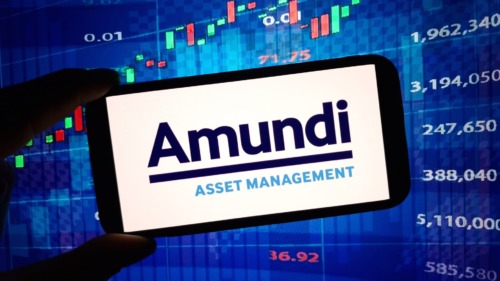Analyst Reveals Several Reasons Why Ethereum Could Reach a $150K Valuation per ETH

- Spot Ethereum ETFs in the US could drive ETH to new highs; analyst Adrian Zduńczyk disagrees it’s priced in.
- Zduńczyk cites a US$154K ETH price target by 2030, with significant yearly growth and a solid user base supporting this forecast.
- He advocates a 70% BTC and 30% ETH portfolio for optimal risk-adjusted returns.
The case of the Spot Ethereum exchange-traded funds (ETFs) possibly coming to the United States is a potential catalyst for ETH to reach new all-time highs. Or is the launch – which is expected to see Ether ETFs trade as early as July – already priced in?
Related: Fidelity International Introduces Instant Share Tokenisation on JPMorgan’s Onyx Blockchain
Crypto analyst Adrian Zduńczyk, a Chartered Market Technician (CMT) with 651K followers on social platform X, doesn’t think so. Based on a VanEck analysis, @crypto_birb believes that ETH could be worth $154K (AU$233.5K) by 2030, with a base target of US$22K (AU$33.3K).
According to Zduńczyk and VanEck the optimal crypto portfolio is 70% in BTC and 30% in ETH – and they say adding 6% of crypto to the standard 60/40 portfolio will boost profits.
VanEck Believes Huge Price Target Driven by US$66 Billion in Free Cash Flows
So how did the American investment manager come to that lofty price prediction?
It’s simply a “projection of Ethereum generating $66 billion in free cash flows by 2030 and applying a 33x valuation multiple” says Zduńczyk.
The analyst explains that Ethereum benefits from a strong set of user metrics, with 20 million monthly active users generating US$3.4 billion (AU$5.2 billion) in yearly revenue.
71% of Network Revenue to Come from Finance By 2030
Annually, 0.4% of Ethereum’s total supply is burned, highlighting a deflationary trend in its economic model. The platform’s robust economic activity is further underscored by a settlement value of US$4tn (AU$6tn) and US$5.5tn (AU$8.3tn) in stablecoin transfers, reinforcing these growth figures, he added.
By 2030 it is expected that 71% of the network revenue will come from finance, based on a strong user base and transaction fees much lower than those of credit card processors and payment apps.
Other bullish forces for ETH are the increasing importance of layer-2 networks and the potential of AI integration.
Further, Zduńczyk believes Ethereum will become a Sharpe Ratio leader. The Sharpe Ratio assesses an investment’s performance against a risk-free asset, adjusting for risk; a higher ratio indicates better risk-adjusted returns.
The analyst calculates that a portfolio consisting of 71.4% Bitcoin (BTC) and 28.6% Ethereum (ETH) yields a Sharpe ratio of 1.43. This indicates that this combination of BTC and ETH provides a favourable balance between expected return and volatility when compared to other potential combinations of these two cryptocurrencies.
Related: Analyst Miles Deutscher Unveils 20X Portfolio Strategy for the Upcoming Bull Run
Final words of warning though, Zduńczyk says that 2030 is well past his “timeframe of interest” and in general long-term predictions are obviously fraught with uncertainty. He believes there will be a possibly prolonged bear market in 2026, which is why he will be looking to exit the market in 2025.






